-
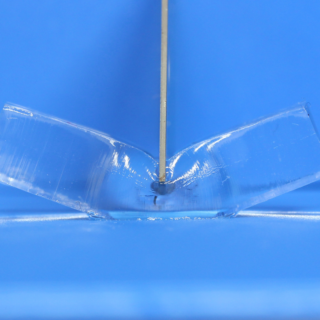 Tough gelDouble Network Gel: Tough Hydrogel
Tough gelDouble Network Gel: Tough HydrogelWe have shattered the fixed notion that "gels are fragile like jelly" and created numerous groundbreaking tough gel materials that can withstand being run over by a truck or hit with a golf club!
-
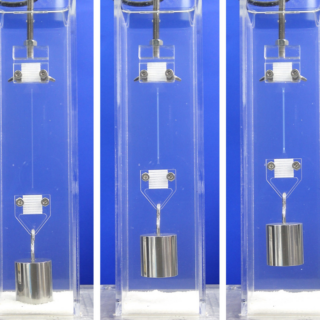 Self-growing hydrogel-
Self-growing hydrogel-Our developed high-strength double network gel can be "self-strengthened" by slightly modifying it so that it can improve its weight and strength under mechanical stress.
-
 Gel composite-
Gel composite-We have developed a new approach to adjust the mechanical properties by the hybridization of hydrogels with different materials.
-
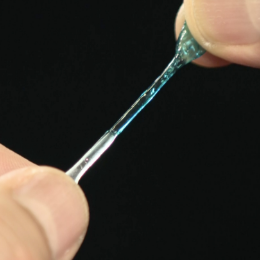 Self-healing gel-
Self-healing gel-We have synthesized self-healing gels that can easily rejoin when cut, by introducing reversible bonds. This gel is a new type of material that combines self-healing properties with toughness, durability, and biocompatibility.
-
 Coloful gelGels with Well-Ordered Structures
Coloful gelGels with Well-Ordered StructuresOur goal is to utilize the orderliness we have learned from living organisms in the creation of artificial materials, resulting in the development of high-functioning gels. Additionally, we aim to understand the mechanisms behind the advanced functions exhibited by living organisms, such as why they have certain structures.
-
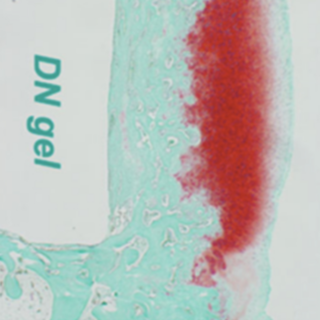 Medical gelMedical Applications of Gel
Medical gelMedical Applications of GelWe are working with the medical department to research and develop gels that are useful in various medical fields, such as "next-generation artificial cartilage" and "regeneration of cartilage tissue within the body", using hydrogels that have properties similar to biological tissues.
-
 Adhesive Gels for Marine Environments-
Adhesive Gels for Marine Environments-We have developed hydrogels that exhibit strong adhesion in high salt concentration seawater or within living organisms. This was achieved by controlling the monomer sequence of the polymer, similar to how protein amino acid sequences are controlled to express their functions.
-
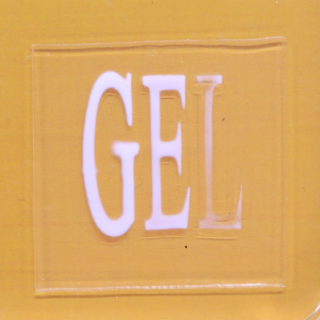 Memorizing-Forgetting gel-
Memorizing-Forgetting gel-By utilizing hydrogels that contain dynamic bindings such as ion binding or hydrogen bonding, we have achieved dynamic memory devices with the ability to forget unimportant information. These hydrogels can store two-dimensional image information through learning by heat.
-
 Spongy gelSpongy
Spongy gelSpongyBy conducting hydrogel polymerization at a low temperature where ice crystals can form, a porous gel with ice as a mold can be obtained. By combining this technique with DN gel synthesis, we have successfully produced high-strength porous gels. These gels are expected to have applications as scaffold materials for three-dimensional cell culture.
-
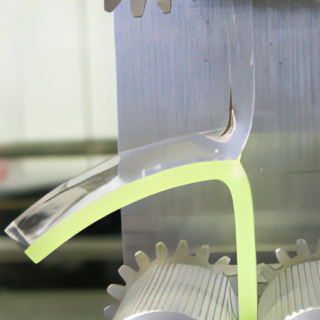 Adhesion gelAdhension of Double Network Gel
Adhesion gelAdhension of Double Network GelHydrogels containing water are generally materials that are difficult to adhere to other materials. In our laboratory, we have succeeded in strong adhesion between gel/gel, gel/solid, and even adhesive interactions between gel/solid in water through various techniques.
-
 Self-patterning gel-
Self-patterning gel-In our laboratory, we are conducting research to introduce macroscopic anisotropic structures into the gel using rigid high polymers such as collagen.
-
 Low friction gel-
Low friction gel-The site of friction within living organisms is a gel-like substance that contains a large amount of water. In our laboratory, we believe that investigating the mechanism of gel friction will lead to a better understanding of friction within living organisms. Additionally, research on low-friction materials is expected to have potential applications in areas such as artificial joints.
-
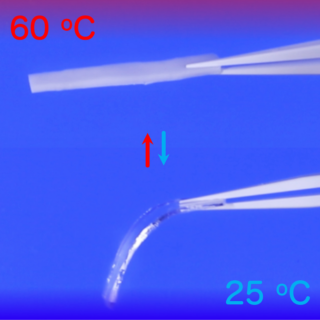 Thermo-Stiffening gel-
Thermo-Stiffening gel-By mimicking the heat-resistant structures of thermophilic bacteria that live in high-temperature environments, we have developed hydrogels that are completely opposite to conventional polymers - they rapidly harden at high temperatures.
-
 Gel/Bioceramics CompositeGel + bioceramics
Gel/Bioceramics CompositeGel + bioceramicsWe have developed a method that enables direct fixation of gels to bones, which is crucial for their biomedical applications. Animal experiments have confirmed strong adhesion using this method.

